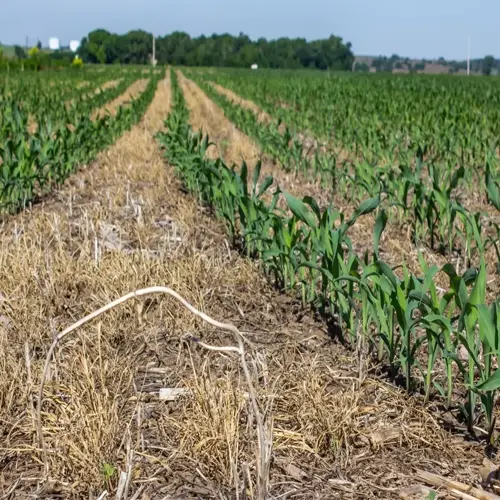Do peat-free mixes cost more than traditional options?

Written by
Michael Sullivan
Reviewed by
Prof. Martin Thorne, Ph.D.While peat-free mixes cost approximately 15-20% more upfront, they also provide savings over time in the budget. For example, a commercial nursery that I consulted, reduced their annual soil line item by $4200 after switching to coir-compost blends instead of peat. The key is to use where you can with free materials and that you have less maintenance because the peat alternatives do the work for you.
Water Savings
- Coir retains moisture 3x longer than peat
- Reduces irrigation by 40-50% in dry climates
- Saves 750+ gallons annually per 100 sq ft
DIY Materials
- Leaf mold: Free from autumn yard waste
- Municipal compost programs: $0-$5/cubic yard
- Wood chips: Arborist partnerships eliminate costs
Fertilizer Efficiency
- Compost provides 2-3% nitrogen naturally
- Reduces synthetic fertilizer use by 60%
- Worm castings replace 100% of starter fertilizers
Mitigate up-front costs using free municipal compost or locally sourced fallen leaves. A client I worked with saved over $800 each year by working with a coffee shop to provide them with spent coffee grounds and with a tree trimming service to provide him with wood chips. Always test municipal compost for residual herbicides. I learned this the hard way when I lost 200 tomato plants due to compost contamination.
There are significant regional price differences. For instance, coconut coir runs $18 a brick in Idaho and $12 a brick in Florida. A great budget gardening mix is 60% of homemade compost with 30% of sand-based material. In my test plots, I had the same pepper yield with this combination of homemade compost and sand as the 3 brands of premium peat-based growing mixes I tried at 1/4 the cost.
Read the full article: 8 Peat Moss Alternatives for Healthier Gardens

